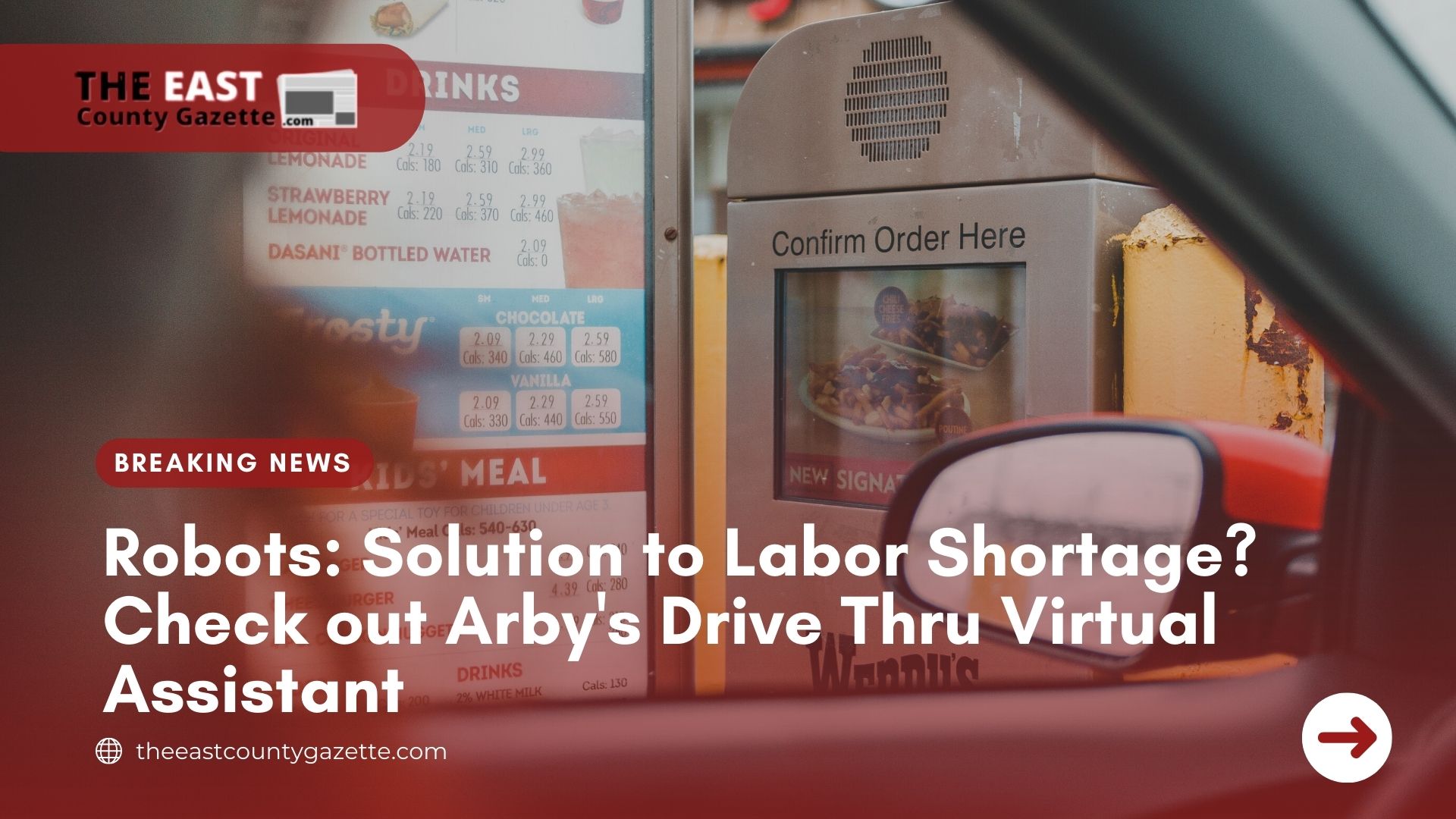“It doesn’t call sick, it doesn’t get corona. And the reliability of it is great.” This is what Amir Siddiqi, franchisee of the Arby’s sandwich drive-thru in Ontario, California said about the voice assistant currently “working” in their drive-thru.
The voice assistant is called Tori, and it was installed this year after Siddiqi resolved to invest in automated software because of the labor shortage caused by the pandemic.
He mentioned that if the pandemic never happened, he wouldn’t have thought of spending money on artificial intelligence to help with the processes of his franchise.
Tori has proven itself to be beneficial– the virtual assistant is assigned to take orders, which reduces the risk of transmission from customers. The workers that Tori replaced were then redistributed to the kitchen and other parts of the drive-thru.
In the past year, many restaurants and food chains, including Arby’s, have been turning to automated technology to alleviate the shortage in their workforces.
With the economy still yet to fully recover from the drawbacks caused by the pandemic, businesses have been obliged to hike their minimum pay, adjust workers’ schedules, or lay off workers entirely.
With the health crisis still persisting, another present problem is that it has become increasingly difficult to predict when workers will get sick or undergo a crisis.
Recommended Read: How A Single Antibody Can Neutralize COVID-19 Variants?
COVID-19 can be incalculable, not to mention the days allocated for workers in the same area to undergo quarantine and preventive transmission measures.
The worst-case scenario would be that workers who contract COVID-19 would never be able to go back to their old jobs.
As Siddiqi said, automated software and robots do not catch COVID. They do not get tired or sick and have the ability to accomplish multiple tasks with the same amount of vigor and ease.
Other companies have also started to consider including artificial intelligence in their labor forces. McDonald’s was testing out voice-recognition software, while Starbucks, Panera Bread, and Burger King introduced electronic kiosks, QR codes, and other technological innovations to fast food.
But are companies really investing in technology in exchange for paying people for their work? According to former McDonald’s CEO Ed Rensi, “Technology is always cheaper than people.”
What does this mean for the future? Will artificial intelligence eventually replace human labor?
Only time will tell.

